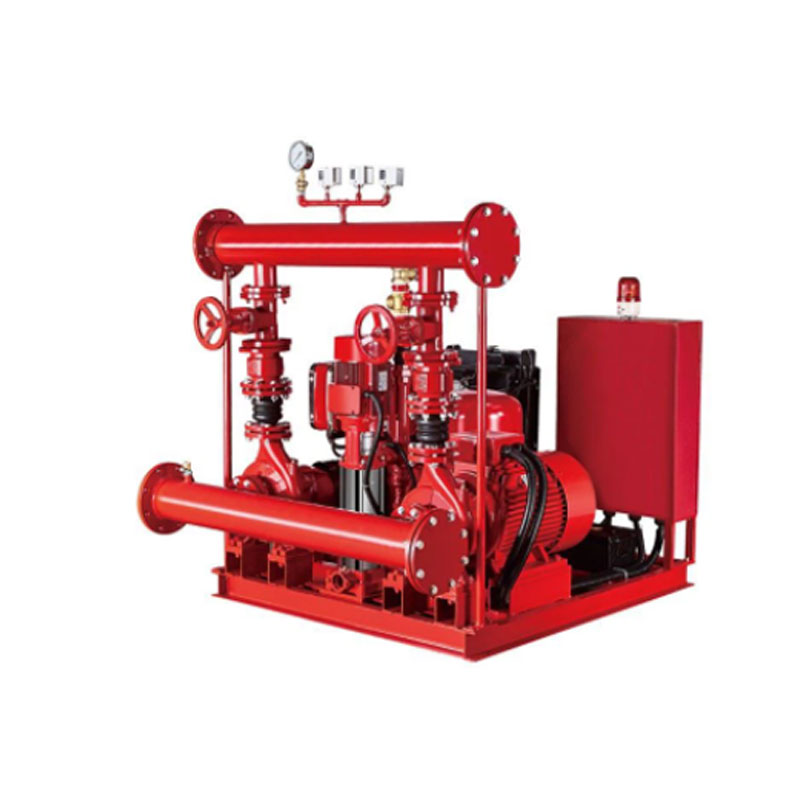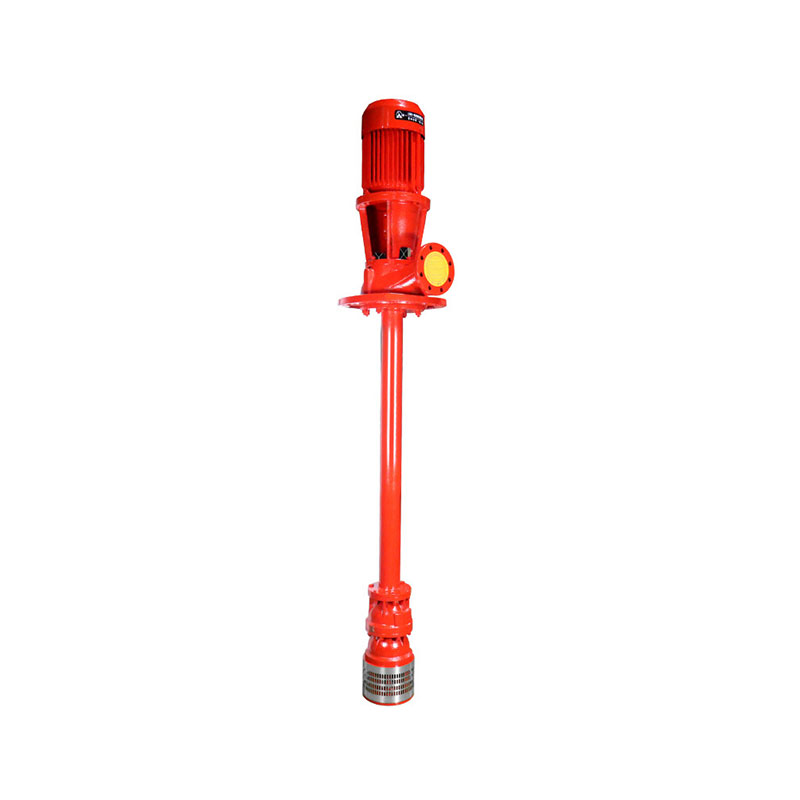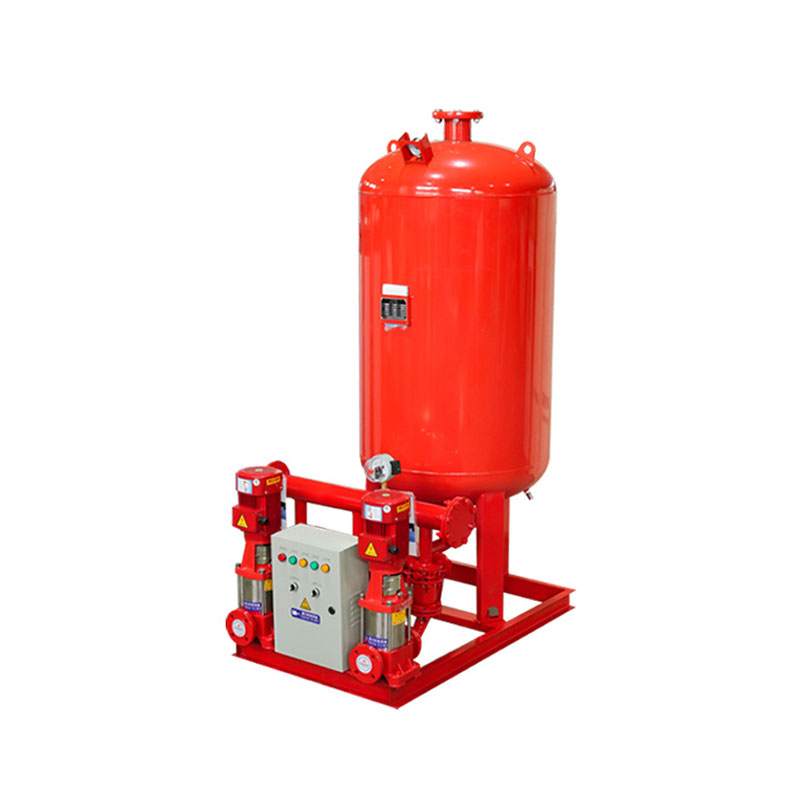Working Principle And Setting Method Of Fire Pump
2025-03-14
The fire pump transfers energy to water through the rotation of the impeller, thereby increasing the kinetic energy and pressure energy of the water, and transports it to the fire extinguishing equipment to meet the water volume and water pressure requirements of various fire extinguishing equipment.

1. Working principle
Before the fire pump is started, water needs to be poured to submerge the impeller. The prime mover drives the impeller to rotate through the pump shaft, and the blades are forced to rotate with the impeller. Under the action of centrifugal force, the water is thrown from the center to the outer ring, and flows out of the impeller at high speed, and then thrown into the outlet pipe. At this time, due to the rarefied space inside the impeller, a negative pressure vacuum is created in the water suction pipe. The external water enters the rarefied space through the water suction pipe under the action of atmospheric pressure and is thrown into the outlet pipe. In this way, water will continuously enter the water pump to form a continuous water flow, achieving the purpose of conveying water.

2. Installation conditions of fire pumps and standby pumps
(1) A standby pump should be installed for fire pumps, and its performance should be consistent with that of the working pump.
(2) Standby pumps can be installed in the automatic sprinkler system in the ratio of "one in use and one in standby" or "two in use and one in standby".
(3) Situations where a standby pump is not installed:
Residential buildings with a building height of less than 54m and buildings with a design flow rate of outdoor fire water supply of ≤25L/s.
Buildings with a design flow rate of indoor fire water supply of ≤10L/s.
Note: Fire hydrant systems and automatic sprinkler systems should be equipped with fire pumps separately. When the automatic sprinkler system and the fire hydrant system share a fire pump, the system pipelines should be separated before the alarm valve.





